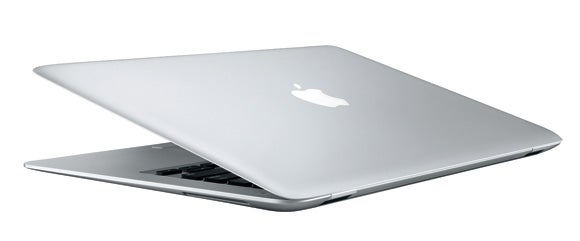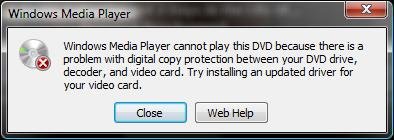So I’ve done a good deal of bouncing around Operating Systems for the last year. Since July 2006, I’ve run the following OS distributions on my laptop:
- Windows XP SP2 Home, Professional
- Windows Vista RC1, RC2, Business Edition, Ultimate Edition
- Ubuntu Linux 6.06, 6.10, 7.04 (and Kubuntu)
- openSUSE Linux 10.1, 10.2
- Fedora 7
- Mac OS X 10.4 (via MacOSX86 project – a complete disaster for my hard drive)
A lot of these installations have come from a geeky curiosity of how another OS would work for me. From a technical perspective, I could probably get by with any of these, but when I think about the OS as something that actually enables me to do “real stuff,” Vista Ultimate is leaps and bounds in front of everything else. Simple things, like indexed desktop search, live window previews, automatic file backup, and good dual monitor support reduce the “technology barriers” between my work and me. (I also have seen zero “blue screens of death” since installing Vista Ultimate)
That said, there are a lot of things I want from the other OSes I’ve tried. Windows still lacks a unified package manager that both installs and updates all of my software – so I have to remember whether my program gets automatic updates from Windows Update, Microsoft Update (yes, there is a difference between the two), Apple Software Updater, a standalone updater, or if I just need to remember to check the application’s website. Vista also has much of XP’s bloat and greed for system resources, which many don’t notice, but when I load Linux on my system, I get an amazing performance kick.
The most tempting thing to switch to would be Ubuntu Linux or Mac OS X, but Ubuntu still is missing a few crucial features (notably user-friendly configuration and good dual monitor support) and OS X requires me to drop $500 more than I would for a PC.
Basically, right now there is no “best OS” out there for my purposes. Ubuntu is really getting close. But I fear that Microsoft’s strength has locked me into their platform for all of my productivity software (Office, Adobe Creative Suite, FL Studio)
I guess to sum it all up, I’m happy with Vista Ultimate, but can’t wait to see something even better.



